Energy Storage
Schaltbau North America
Wind
Ole Binderup
Solar
Sun Ballast
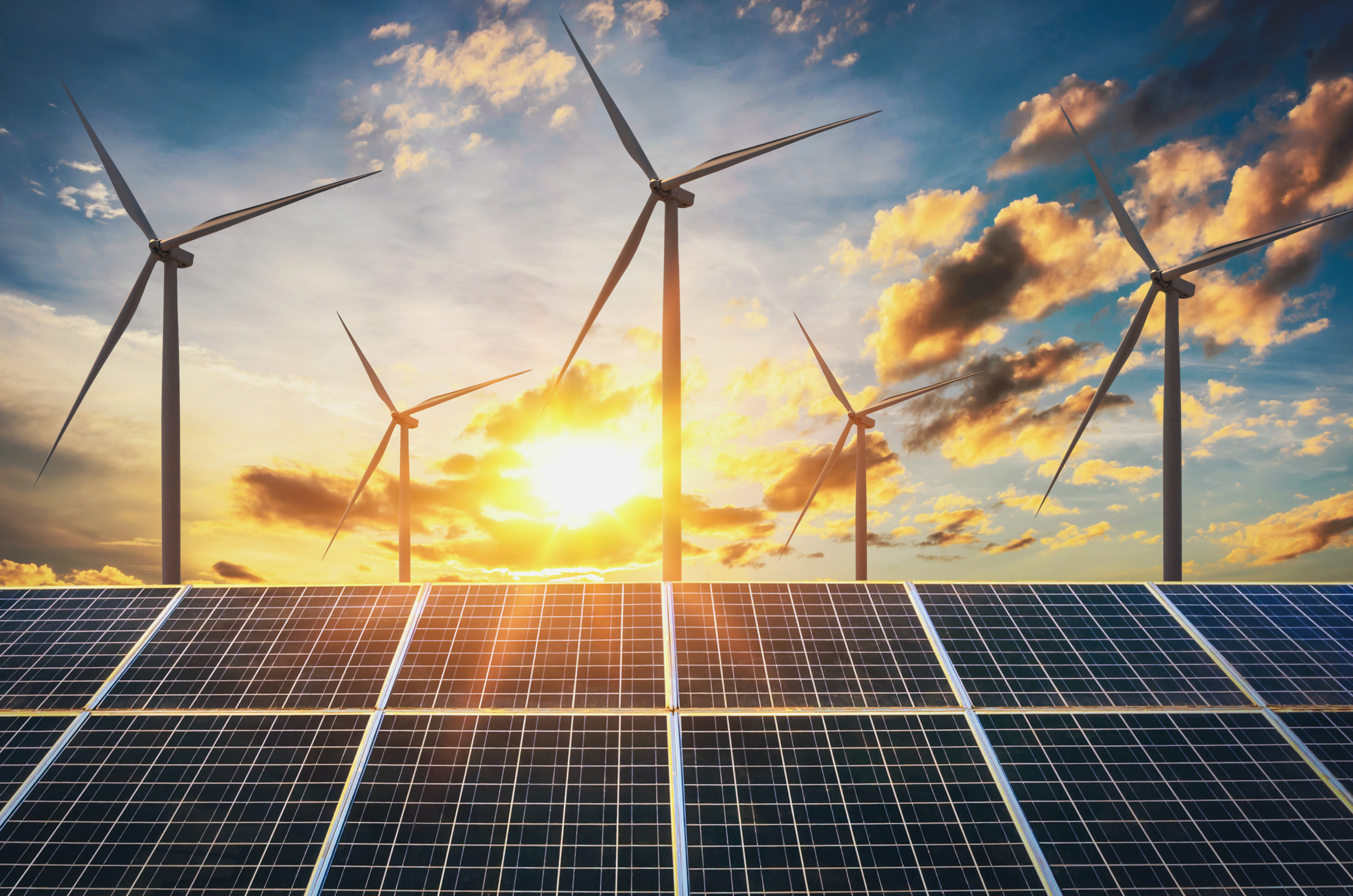
Enphase Energy, Inc. (NASDAQ: ENPH), a global energy technology company and the world's leading supplier of microinverter-based solar and battery systems, announced support for complete off-grid system configurations that are capable of operating without a utility connection when needed. The system requires the IQ Battery 5P with embedded grid-forming microinverters, IQ8 Series Microinverters with Sunlight JumpStart capability, and a third-party standby AC generator, which all work together to power the home.
The comprehensive off-grid solution from Enphase is designed to meet the unique power needs of homeowners. For off-grid use cases, the components of the Enphase Energy System collaborate to power loads and charge batteries efficiently, with intelligent software optimizing generator usage when required and preventing generator damage from back-feeding power. The enhanced software also includes a new “Off-Grid” system profile that can be selected during commissioning, enabling smooth operation without the utility grid while operating alongside a generator.
With more homeowners seeking energy independence due to rising outages and grid instability, Enphase’s off-grid solution is designed to complement the utility grid by meeting today’s growing demand for reliable and resilient power. Off-grid capabilities have been integrated into several components of the Enphase Energy System, including:
Each off-grid system can now connect to the cloud through the Enphase IQ Combiner 5C HDK, which consolidates solar interconnection, communications, and metering within a single enclosure. For sites without reliable broadband access, the integrated 4G LTE Cat 4 Modem delivers dual-SIM connectivity with automatic failover, ensuring the system stays online for real-time monitoring, firmware updates, and remote diagnostics. Enphase also offers the modem as a standalone accessory for customers using legacy IQ Combiner 5 units currently available in the channel.
“Thanks to Enphase, we can now offer our customers a complete solar and battery backup system that provides true off-grid living,” said Caleb, CEO of Haven Acres. “The microinverter-based system uses low-voltage alternating current wiring that allows us to build simple, safer systems – even with large electricity loads – and support homeowners in powering as much of their lives as possible with sunshine.”
“We’re excited to finally provide complete energy independence to our customers, with everything controlled through the Enphase App,” said Bob Evans, president of Evans Energy Systems. “Thanks to the generator integration feature, along with solar and storage, our customers can have dependable power in locations that do not have the grid or for customers that do not want the grid.”
“With the launch of our off-grid solution, we are giving homeowners a reliable path to complete energy independence,” said Nitish Mathur, SVP of customer experience at Enphase Energy. “There are already more than 100 fully off-grid sites using Enphase products today and performing reliably under real-world conditions. By combining grid-forming batteries, Sunlight JumpStart technology, and integrated generator support, the Enphase Energy System can deliver dependable power 24x7, all managed through a single app.”
The off-grid system solution from Enphase is available to customers in the United States today and is expected to roll out to additional countries throughout 2026.
Enphase Energy | https://enphase.com/
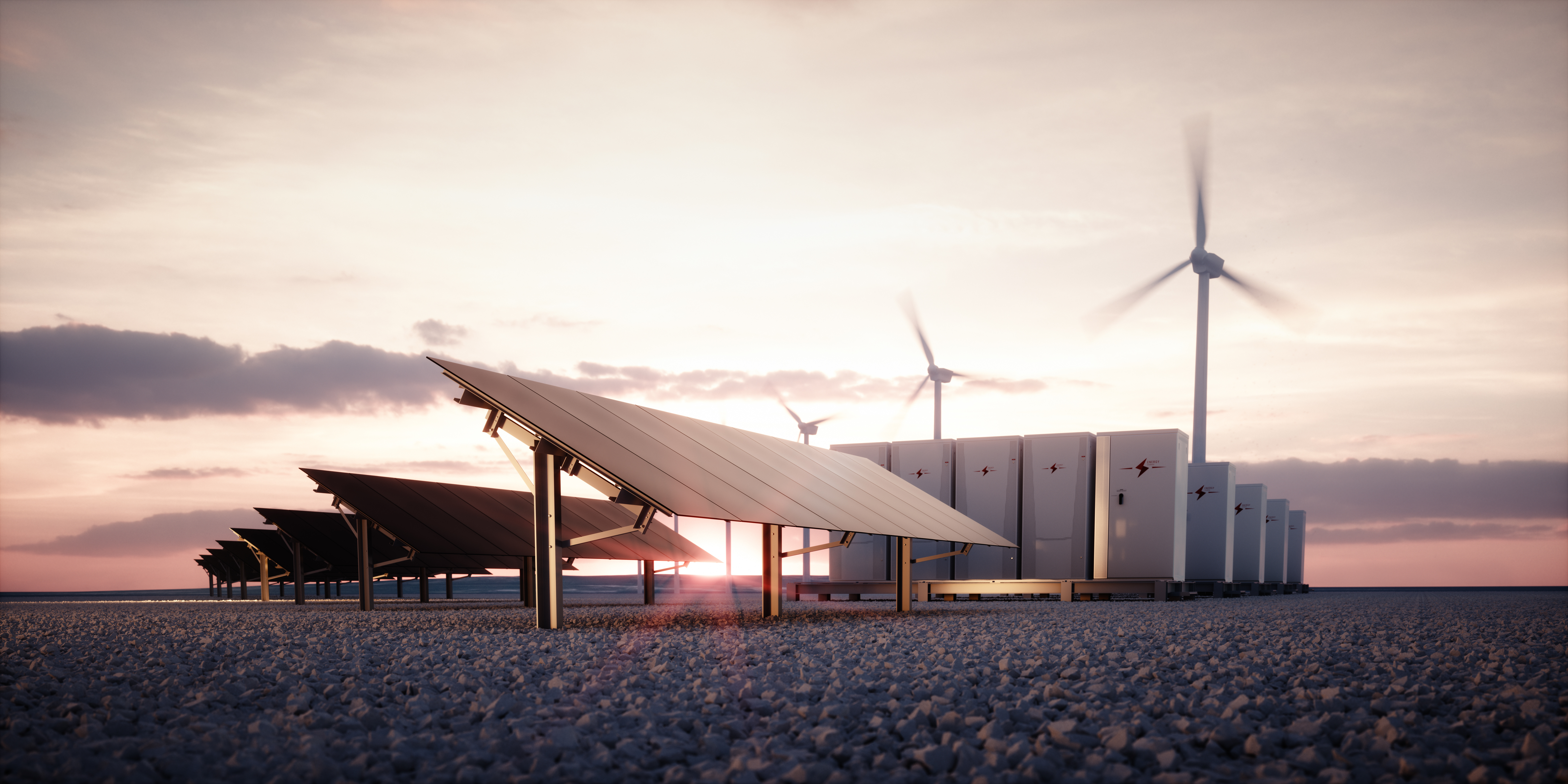
ProPetro Holding Corp. (“ProPetro” or the “Company”) (NYSE: PUMP) is pleased to announce that its PROPWR division has secured a long-term power supply contract to commit 60 megawatts of reliable energy to support a leading hyperscaler data center operator in the Midwest region of the United States. This agreement marks a major milestone in the company’s growth strategy and establishes a commercial relationship and strategic alignment with one of the industry’s largest data infrastructure players.
Under the terms of the contract, PROPWR will deploy an innovative hybrid energy system that combines battery energy storage solution (BESS) technology with high-efficiency natural gas reciprocating engine generators. This advanced configuration is designed to effectively manage rapid load swings, ensuring continuous, stable power delivery while enhancing grid resiliency and operational flexibility.
Deployment and operations are slated to begin in Q2 2026, an accelerated timeline that positions PROPWR to be ahead of industry competitors in terms of speed-to-market and execution.
“This agreement showcases our commitment to delivering cutting-edge, dependable power solutions tailored to the evolving demands of data center infrastructure development,” said Travis Simmering, President of PROPWR. “By integrating hybrid battery storage with reciprocating engine technology, we’re able to provide a highly responsive energy platform while setting the stage for future expansion and collaboration.”
Dave Bosco, Vice President at PROPWR, added, “Our client was excited when we introduced a hybrid gas generator and battery energy storage solution. By leveraging our partnerships, experience, and proven technology and service deployment experience from the oil and gas sector, PROPWR is delivering a turnkey power service focused on efficiency, resiliency, and reliability.”
The contract includes provisions for expansion in both capacity and duration, enabling the partnership to grow alongside the customer’s evolving energy requirements.
This milestone reinforces PROPWR’s role as a forward-thinking energy partner for hyperscaler data centers seeking resilient, scalable, and sustainable power solutions. The company plans to share additional updates on its PROPWR business with its third quarter 2025 earnings release later this week.
ProPetro | www.propetroservices.com
PROPWR | www.propwr.com
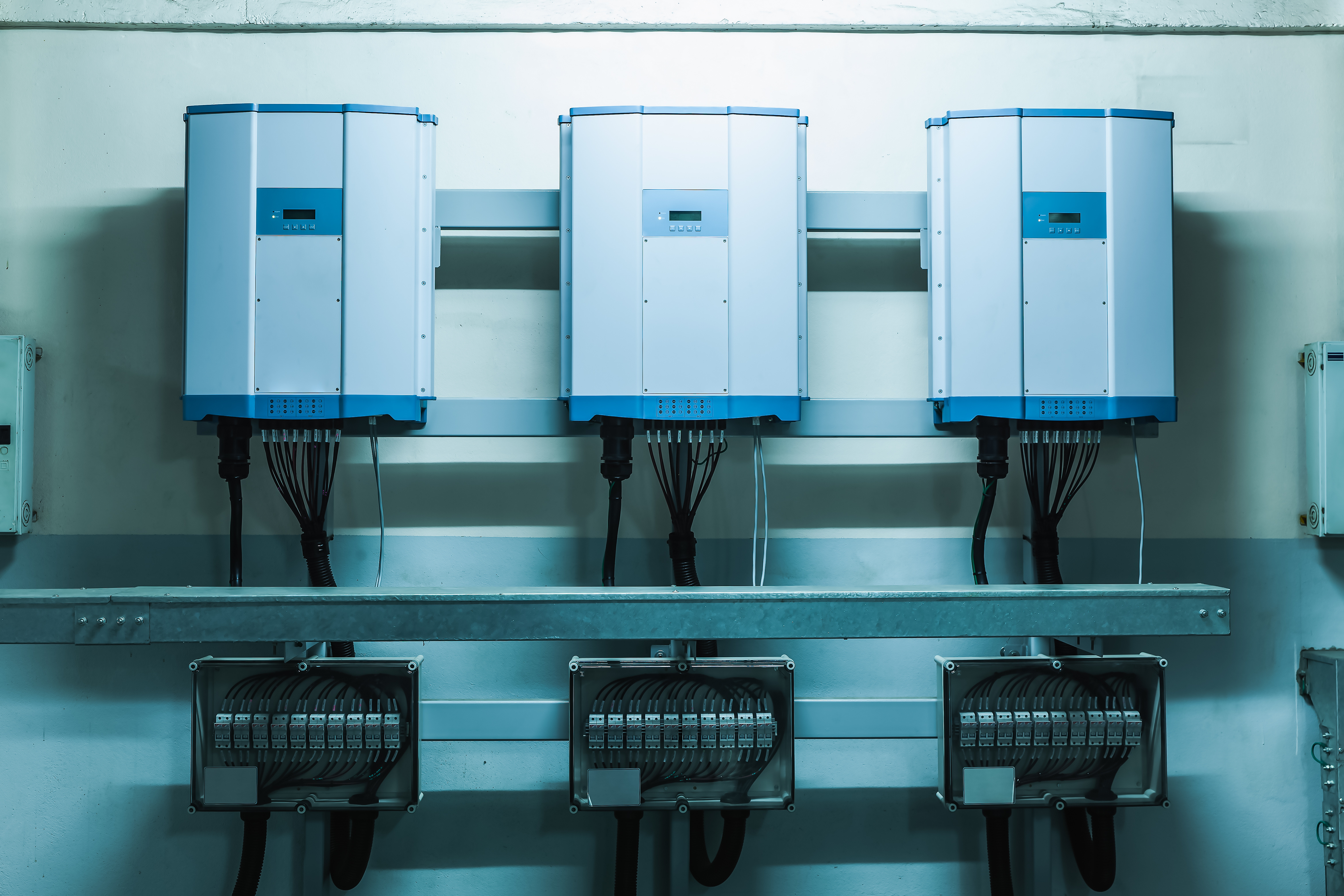
Integral Consulting Inc. (Integral) announces a strategic partnership with Verdi Technology Inc. (VTI) to deliver integrated occupational health, industrial hygiene, toxicology, and data solutions for emerging, sustainable industries including electric vehicle (EV), energy storage, and the entire lithium-battery value chain—from mining and refining to manufacturing, R&D, and battery recycling.
The collaboration combines Integral's toxicology, epidemiology, and regulatory expertise with VTI's occupational medicine, industrial hygiene, and configurable analytics platform to translate pre-existing data streams into actionable business intelligence. Together, the firms will offer a unified approach to chemical health and safety for companies that depend on chemical innovation but lack an all-in-one resource.
Led by M. Andrew Maier, Ph.D., CIH, DABT, Principal at Integral Consulting, the partnership helps stakeholders move beyond "check-the-box" compliance to chemical risk management. This alliance puts routinely collected industrial hygiene monitoring data to work to help clients identify and prioritize risks, optimize processes, and connect health outcomes to operational decisions so businesses can run safely and efficiently.
"EV and battery makers are innovating fast—and their risk management and occupational health programs must keep pace," said Dr. Maier, an internationally recognized expert in occupational risk assessment, toxicology, and exposure limit standards. "By uniting industry-leading medical, epidemiology, and industrial hygiene knowledge with modern analytics, we'll give clients a consistent, defensible approach to managing complex materials and use their data to improve both worker health and operations."
"VTI's mission is to create automated, practical systems that transform reactive, one-employee- and one-test-at-a-time, compliance‐driven practices and data with minimal preventive capability into a population-based, best practices risk management process directly linked to aggregate prevention and corrective action," said James Craner, M.D., MPH, founder and president of Verdi Technology and former Corporate Physician at Tesla. "With Integral's reach and depth, we are ready to scale a new model for chemical health and safety in the battery and EV sectors."
Integral Consulting I https://www.integral-corp.com/

JinkoSolar Holding Co., Ltd. (the "Company," or "JinkoSolar") (NYSE: JKS), one of the largest and most innovative solar module manufacturers in the world, announced that the company has supplied modules to Trinity Energy for a Costco Warehouse in the State of Washington.
Approximately 1,000 EAGLE G6 modules were installed at Costco in Richland, Washington. The project was registered with JinkoSolar's EAGLE Preserve, which recently became Washington State's first approved solar stewardship program. For any modules at this Costco site that reach end-of-life, EAGLE Preserve will pick up those modules at no cost to Trinity or Costco and ensure those modules are recycled in a sustainable way.
"JinkoSolar is pleased to supply market leading EAGLE G6 modules in conjunction with EAGLE Preserve in Washington State," said Nigel Cockroft, General Manager of JinkoSolar (U.S) Inc. "It is rewarding to work with Trinity who, like JinkoSolar, cares deeply about sustainability and circular economy."
"JinkoSolar is helping us build a creative and effective solar project solution for Costco," said Darin Leonard, President of Trinity Structures. "As a Washington company, it is important that we work with a company like JinkoSolar whose modules are the first in the sector to comply with the Washington recycling law."
"Trinity is helping businesses like Costco achieve their sustainability commitments while ensuring operations are not impacted due to a lack of available energy," said Tim Owen, Chief Operations Officer for Trinity Energy. "Responsibly recycling modules at end-of-life highlights our combined focus on eliminating harmful environmental impacts."
JinkoSolar | www.jinkosolar.com
Trinity Energy | www.trinityenergy.net
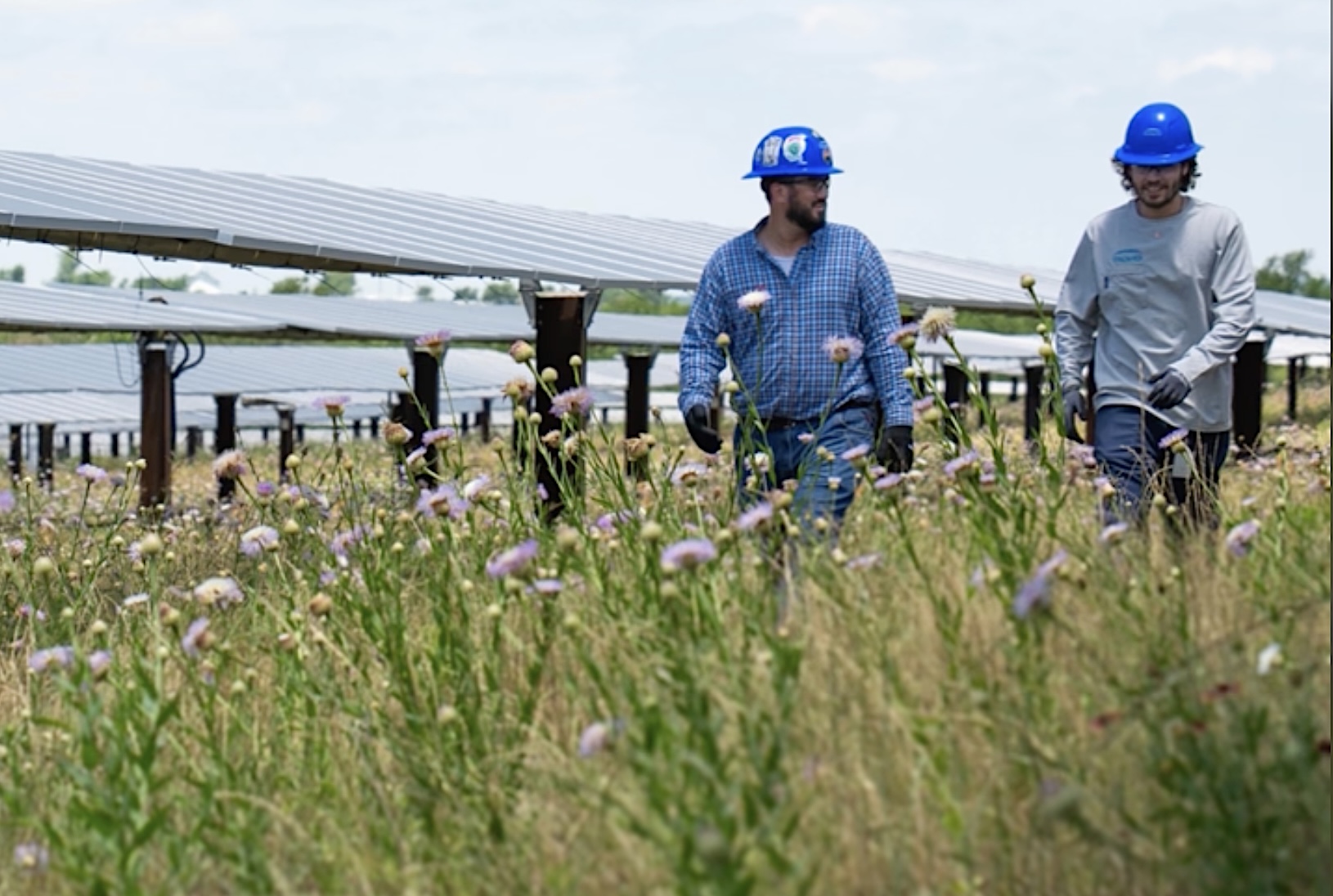
ENGIE North America (ENGIE) announced that it has entered into additional Power Purchase Agreements (PPAs) with Meta that will increase the overall scale of the commercial relationship between the two companies to more than 1.3 GW across four Texas projects. The announced PPAs include ENGIE's new 600 MW Swenson Ranch Solar project in Stonewall county, south east of Lubbock, Texas. The project will be the single largest asset in ENGIE's more than 11 GW operating and in construction portfolio consisting of solar, wind and battery storage assets in North America. Swenson is expected to be operational in 2027, which Meta will purchase 100% of the project's output to support its data center operations in the United States.
"We are excited to continue the expansion of our relationship with Meta," said Dave Carroll, CEO and Chief Renewables Officer, ENGIE North America. "Our objective is to bring reliable, cost competitive power to the grid as rapidly as possible, and projects like Swenson demonstrate the importance of solar to meet the timely needs of our customers."
The $900 million planned investment in Swenson will employ over 350 skilled workers during construction and once complete will generate more than $158 million in tax revenues for the county and the local hospital district over the life of the project.
"We are thrilled to bring an additional 600MW of solar energy to the grid, and expand our partnership with ENGIE to 1.3 GW," said Urvi Parekh, Head of Global Energy at Meta. "Our collaboration with ENGIE enables us to continue matching 100% of our electricity use with clean and renewable energy to support our data center operations."
ENGIE North America I www.engie-na.com
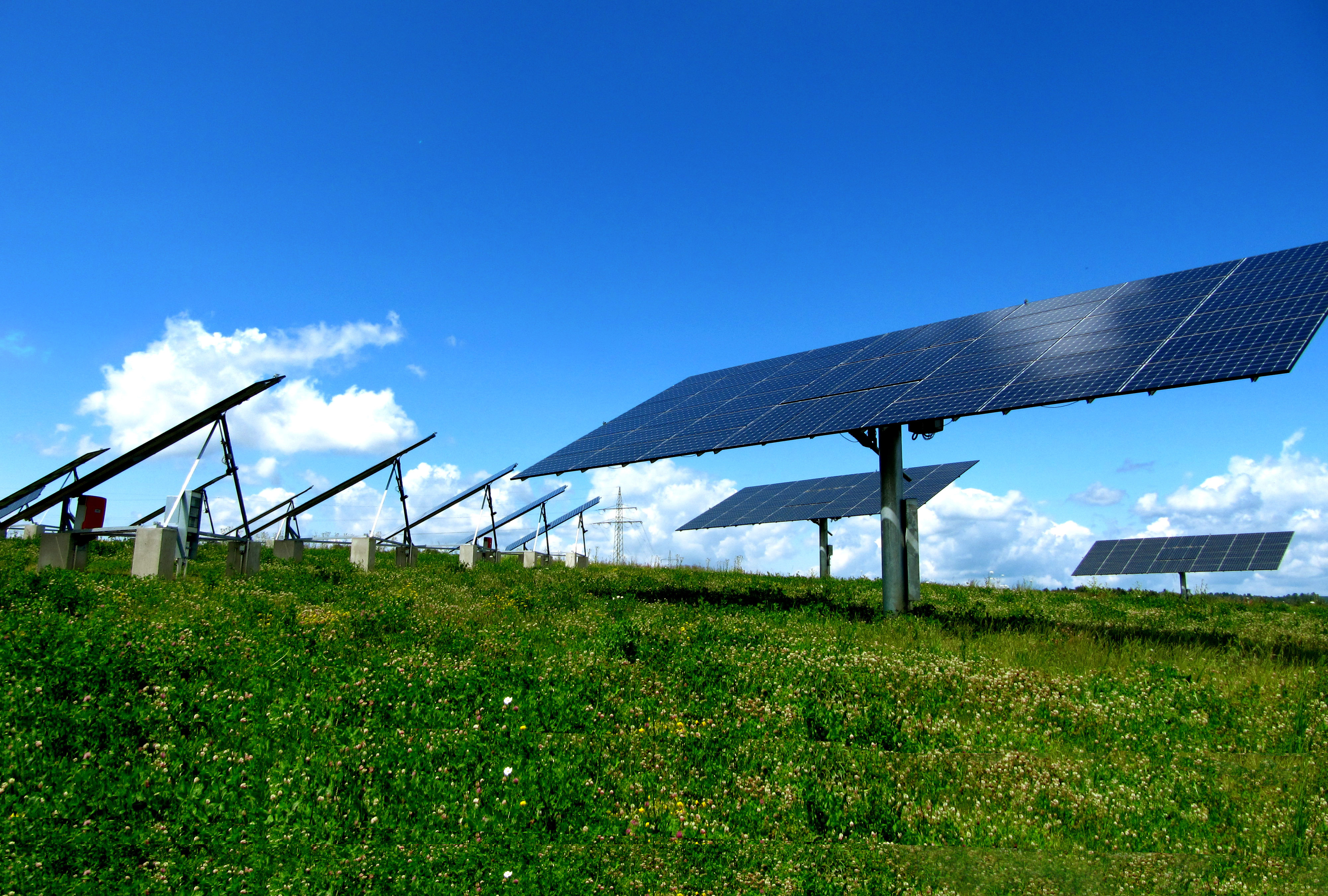
A review by the SUN DAY Campaign of data just released by the U.S. Energy Information Administration (EIA) reveals that solar and battery storage have dominated growth among competing energy sources while fossil fuels and nuclear power have stagnated.
Solar electrical generation set new records in August and the first two-thirds of 2025:
EIA’s latest monthly "Electric Power Monthly" report (with data through August 31, 2025), once again confirms that solar is the fastest growing among the major sources of U.S. electricity.
In August alone, electrical generation by utility-scale solar (i.e., >1-megawatt (MW)) ballooned by almost one-third (29.5%) compared to August 2024 while “estimated” small-scale (e.g., rooftop) solar PV increased by 10.8%. Combined, they grew by 24.7% and provided nearly one-tenth (9.5%) of the nation’s electrical output during the month, up from 7.6% a year ago. [1]
Moreover, utility-scale solar thermal and photovoltaic expanded by 35.7% while that from small-scale systems rose by 11.0% during the first eight months of 2025 compared to the same period in 2024. The combination of utility-scale and small-scale solar increased by almost a third (28.8%) and was over 8.9% (utility-scale: 6.7%; small-scale: 2.2%) of total U.S. electrical generation for January-August - up from 7.1% a year earlier.
As a consequence, solar-generated electricity year-to-date (YTD) easily surpassed - by over 58% - the output of the nation’s hydropower plants (5.6% of total generation). In August alone, solar-generated electricity more than doubled the output of the nation’s hydropower plants. In fact, in both August and YTD, solar produced more electricity than hydropower, biomass, and geothermal combined. [2]
Moreover, for the second consecutive month, utility-scale solar generated more electricity than the nation’s wind farms – by 4% in July and by 15% in August. Including small-scale systems, solar has out-produced wind four months in a row and by almost 50% during August. [3]
Wind has also made a strong showing YTD:
Wind turbines across the U.S. produced over a tenth (10.2%) of U.S. electricity in the first eight months of 2025 – an increase of 2.6% compared to the same period a year earlier and 80% more than that produced by the nation’s hydropower plants.
Wind + solar are almost one-fifth of total U.S. electrical generation – a larger share than that provided by either coal or nuclear power:
During the first eight months of 2025, electrical generation by wind plus utility-scale and small-scale solar provided almost a fifth (19.1%) of the U.S. total, up from 17.2% during the first two-thirds of 2024.
Further, the combination of wind and solar provided 16.2% more electricity than did coal during the first eight months of this year, and 11.7% more than the nation’s nuclear power plants. In fact, as solar and wind expanded, nuclear-generated electricity dropped by 0.7%.
Electrical output YTD by the mix of all renewables was over 26% of total U.S. generation:
The mix of all renewables (i.e., wind and solar plus hydropower, biomass and geothermal) produced 9.0% more electricity in January-August than they did a year ago and provided (26.1%) of total U.S. electricity production compared to 24.5% twelve months earlier.
Renewables’ share of electrical generation is now second to only that of natural gas whose electrical output actually dropped by almost 4.1% during the first eight months of 2025.
During the past year, solar and battery storage have dominated capacity additions, coupled with a strong showing by wind:
Between September 1, 2024 and August 31, 2025, utility-scale solar capacity grew by 31,706.5-MW while an additional 5,718.1-MW was provided by small-scale solar. EIA foresees continued strong solar growth, with even more utility-scale solar capacity - 34,325.8-MW - being added in the next twelve months.
Strong growth was also experienced by battery storage which grew by 63.9% during the past year and added 13,377.5-MW of new capacity. In the course of the past year, battery storage actually surpassed pumped hydro storage (PHS) - in October 2024 - and now accounts for 50% more storage capacity than PHS. EIA also notes that planned battery capacity additions during the next year total 20,179.8-MW.
Wind also made a strong showing during the past twelve months, adding 4,791.9-MW, while planned capacity additions over the next year total 9,650.1-MW.
On the other hand, natural gas capacity increased by only 3,337.7-MW and nuclear power added a mere 46.0-MW. Meanwhile, coal capacity plummeted by 4,185.1-MW and petroleum-based capacity fell by an additional 658.7-MW.
Thus, during the past year, renewable energy capacity, including battery storage and small-scale solar, ballooned by 55,419.6-MW while that of all fossil fuels and nuclear power combined actually declined by 1,486.3-MW. [4]
"The Trump Administration and its Republican supporters in Congress may slow renewable energy growth a bit," noted the SUN DAY Campaign's executive director Ken Bossong. "However, EIA’s data reinforce the conclusion that the transition to solar, wind, other renewables and storage continues, is accelerating, and has become inevitable."
EIA | https://www.eia.gov/electricity/monthly
[1] In its “Electric Power Monthly” report, EIA refers to small-scale or distributed solar as “Estimated Small Scale Solar Photovoltaic.” Unless otherwise indicated, all calculations presented in this release include electrical generation by small-scale solar which EIA estimates to have totaled 65,834-GWh in January-August 2025 and 9,319-GWh in August alone. Utility-scale solar totaled 207,722-GWh for the first eight months of 2025 and 31,501-GWH in just August.
[2] In January-August 2025, wind produced 311,246-GWh (10.2%) of total U.S. electrical generation while utility-scale and small-scale solar combined produced 273,555-GWh (8.9%), hydropower produced 172,751-GWh (5.6%), biomass produced 30,971-GWh (1.0%), and geothermal produced 10,499-GWh (>0.3%).
[3] In August alone, wind produced 27,297-GWh while utility-scale solar produced 31,501-GWh. The combination of utility-scale and small-scale solar totaled 40,820-GWh.
[4] EIA notes that its capacity data is “summer capacity”.
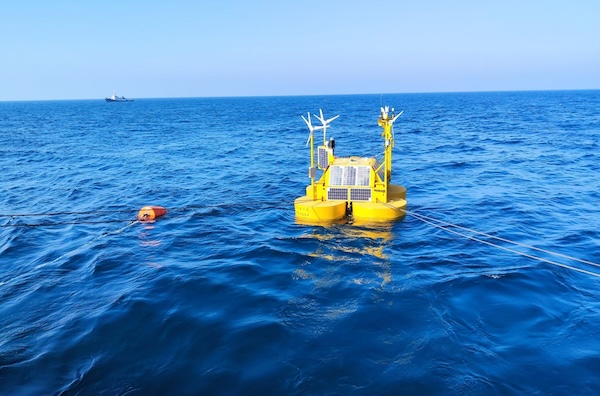
TGS, a global leader in energy data and intelligence, and EOLOS, a leading floating LiDAR technology provider, announced a partnership to offer wind and metocean measurement campaigns in Brazil. TGS will leverage EOLOS floating LiDAR technology alongside its multi-decade track record supporting Brazil’s offshore sector to deliver decision-grade data for offshore wind planning and investment.
.jpg)
TGS will manage client contracts, campaign design, deployment and operations, while EOLOS will supply its FLS200 floating LiDAR systems for wind, metocean and environmental measurement services as a subcontractor. TGS will maintain close engagement with regulators and local stakeholders and align programs with Brazilian content, logistics and permitting requirements to enable timely execution for domestic and international developers.
Through this collaboration, TGS will provide bankable wind resource assessments that reduce uncertainty, support financing and shorten project timelines. Combining floating LiDAR measurements with TGS metocean experience in Brazil helps developers refine site selection, optimize layouts and foundation concepts, and prepare stronger bids and permit applications.
“TGS is an established partner of EOLOS, with a track record in regions that set the basis for our agreement in Brazil. Proven experience in the offshore sector, demonstrated through our joint competence, together with their existing infrastructure within Brazil and appetite for complementing their existing services with floating LIDAR technology, makes TGS the candidate familiar to both our end-clients and our own team,” said EOLOS Sales Director Julian Harland.
“This partnership positions TGS to deliver the measurement backbone that Brazil’s offshore wind market needs at scale,” said Will Ashby, Executive Vice President of Business Development at TGS. “We are ready to mobilize multiple EOLOS FLS200 units, deliver fuse measurements with our metocean and geospatial data sets, and provide the clarity developers and investors require to commit capital with confidence.”
Together with EOLOS, TGS will participate in Brazil Windpower in São Paulo from Oct. 28 to 30, 2025. Developers can connect with the team during the event to discuss project needs.
TGS and EOLOS have collaborated on wind and metocean measurement campaigns in multiple offshore wind markets globally since 2022.
TGS | www.tgs.com
EOLOS | https://eolos.com/
Solar Oct 10, 2025
Solar is safe when it’s maintained — and risky when basics slip. Across sites, the pattern behind many PV fires is consistent: soiling and shading create hot spots; loose or corroded DC joints run hot; wildlife and litter add fuel; and moisture i....
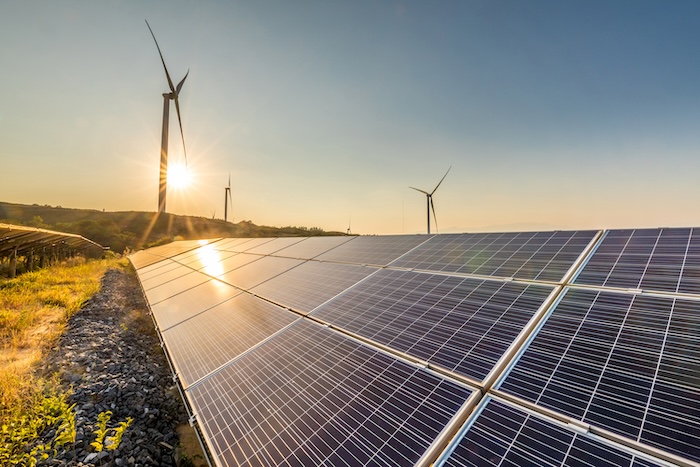

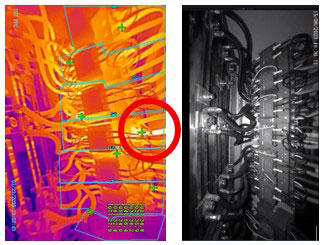
Solar is safe when it’s maintained — and risky when basics slip. Across sites, the pattern behind many PV fires is consistent: soiling and shading create hot spots; loose or corroded DC joints run hot; wildlife and litter add fuel; and moisture i....
As utility-scale hybrid solar and battery energy storage projects become standard across North America, operators are facing increasing complexity. These systems are no longer passive generators, but dynamic assets that must respond in real time to g....
It didn’t start with a robot. It started with a problem. Clean energy is one of the hottest commodities today, and the world is rushing to meet this increasing demand. However, the typical financial barrier isn’t a problem for the industry; it....
Wind power has been a highly successful ....
As wind turbines keep growing taller and....
As energy needs grow more complex and grid instability becomes a regular concern, mobile microgrids are gaining attention as a flexible, lower-emission energy solution. Their emergence is timely. From wildfire-related outages in the West to hurricane....
A next generation of Virtual Power Plants has emerged in 2025, embodying trends which will require more efficient integration with utility grids. These trends span a wide range: VPPs that integrate EV charging and other new resources; building manage....
The confluence of several energy challenges has presented itself within the North American market. Rising electricity demands, grid reliability concerns, affordability and bottlenecks have reached an inflection point. Microgrids are emerging as a sol....
After months of debate in Congress, the One Big Beautiful Bill Act (OBBBA) was finally signed into law. With the goal of restructuring and simplifying federal incentive programs while reducing long-term costs, the OBBBA comes with several updates and....
Helium, once known primarily for its niche industrial uses, has emerged as a strategic political asset amid rising geopolitical tensions and trade uncertainties. Its critical role in next-generation technologies such as semiconductors, space explorat....
The need for reliable, high-quality electricity has never been greater now the grid is highly dependent on getting its supply from multiple sources. Power grid quality monitoring increasingly plays a significant role in ensuring that electricity arri....